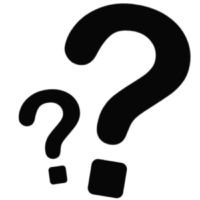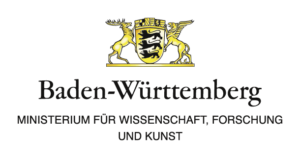How important was the individual in the Middle Ages?
A possible answer is to be found at Nisbet: „as one of the points of calibration of Nisbet’s vision on history, the transition between the Middle Ages and the Modern Era stands, in which both should be less seen as easy discernable periods and more as complexes of principles, instutes and mentality which move over one another. One can for example see Europe as an institute having medieval marks up to the 19th century. Typical for the Middle Ages is that not the individual and the sate dominate, but the social bonds in between. Both the individual and the state were to a high level subordinate to a range of social connections: family, church, guild, city, monastery, university, feodal class, village community et cetera were dicisive for the self image of the individual…“
Continue reading at:
http://members.lycos.nl/conservatisme/
conservatieveklassiekers.html
This question was answered by:
Roeland Paardekooper, Prehistorisch Dorp (NL)
Hoe belangrijk was het individu in de middeleeuwen?
Een mogelijk antwoord is te vinden bij Nisbet:
„Als een van de ijkpunten in Nisbet’s geschiedopvatting staat de overgang van middeleeuwen naar moderne tijd, waarbij beide minder als gemakkelijk af te bakenen perioden gezien moeten worden dan als over elkaar heen schuivende complexen van principes, instituties en mentaliteit. Zo zou Europa institutioneel nog tot in de negentiende eeuw middeleeuwse trekken blijven vertonen. Typerend voor de middeleeuwen is dat niet individu en staat het bestaan domineren, maar de ertussen liggende sociale verbanden. Zowel individu als staat waren in verre mate ondergeschikt aan een waaier van intermediaire sociale verbanden: familie, kerk, gilde, stad, klooster, universiteit, feodale klasse, dorpsgemeenschap,etc waren bepalend voor het zelfbeeld van het individu…“
Lees verder op:
http://members.lycos.nl/conservatisme/
conservatieveklassiekers.html
Deze vraag is beantwoord door:
Roeland Paardekooper, Prehistorisch Dorp (NL)






